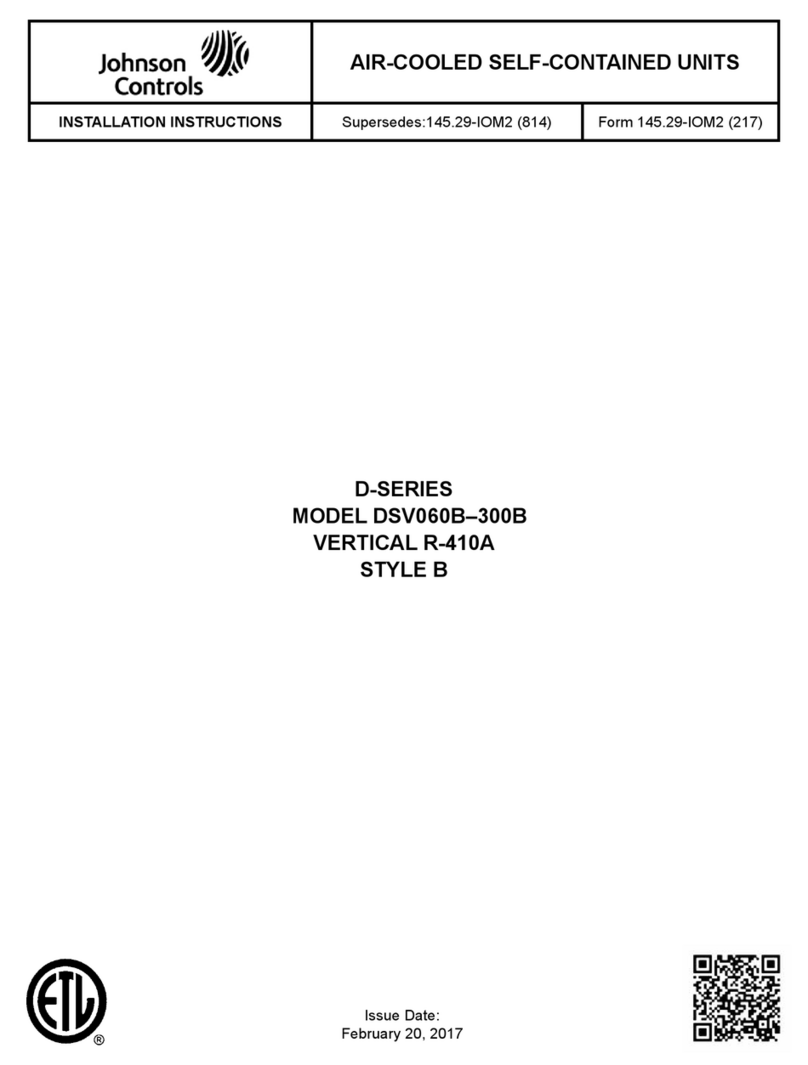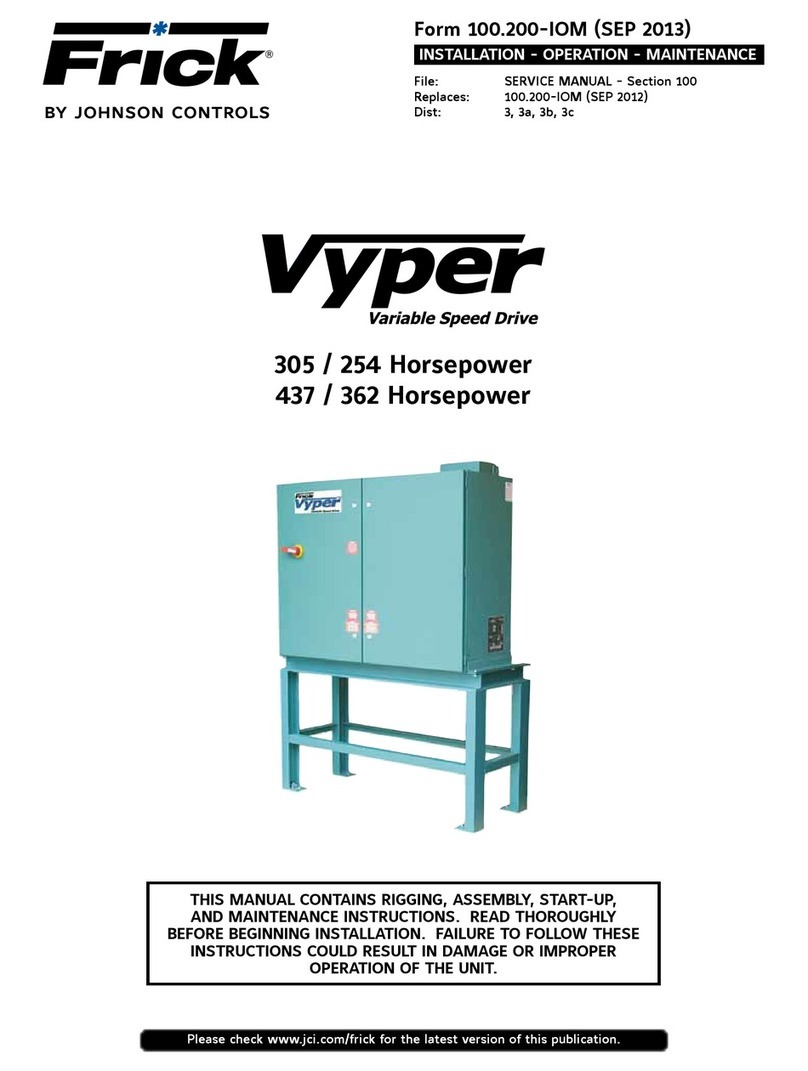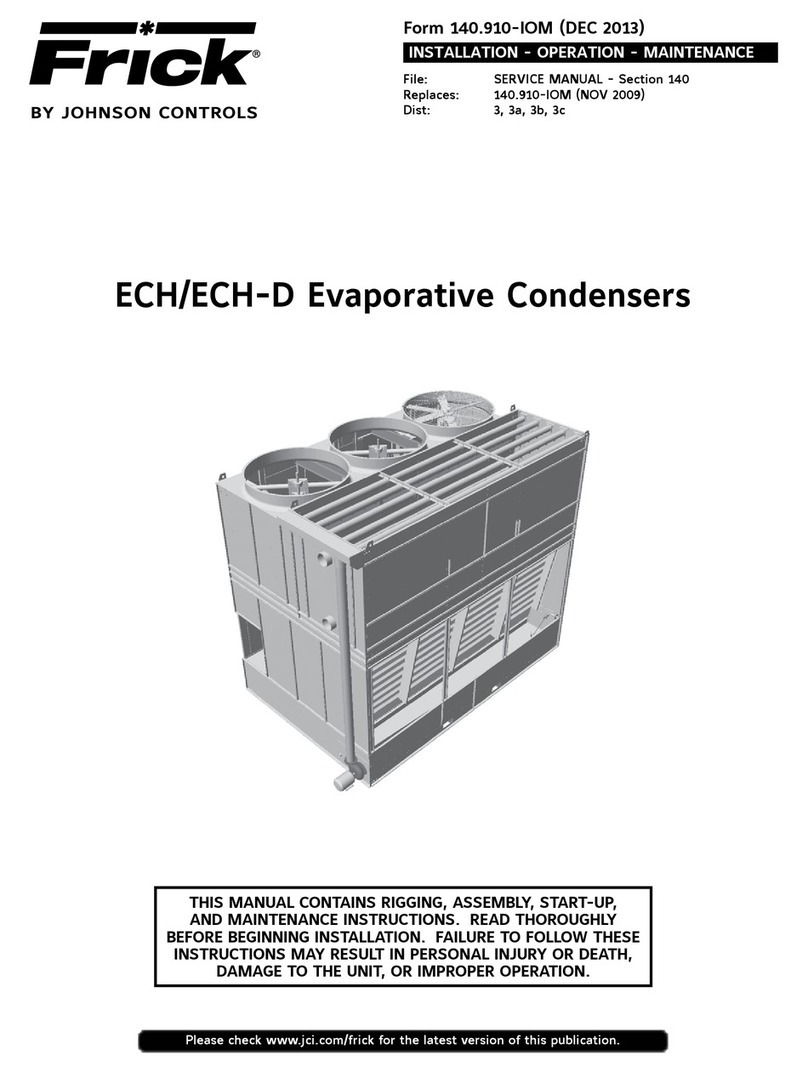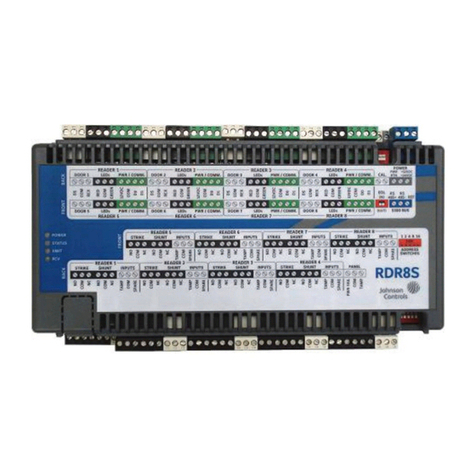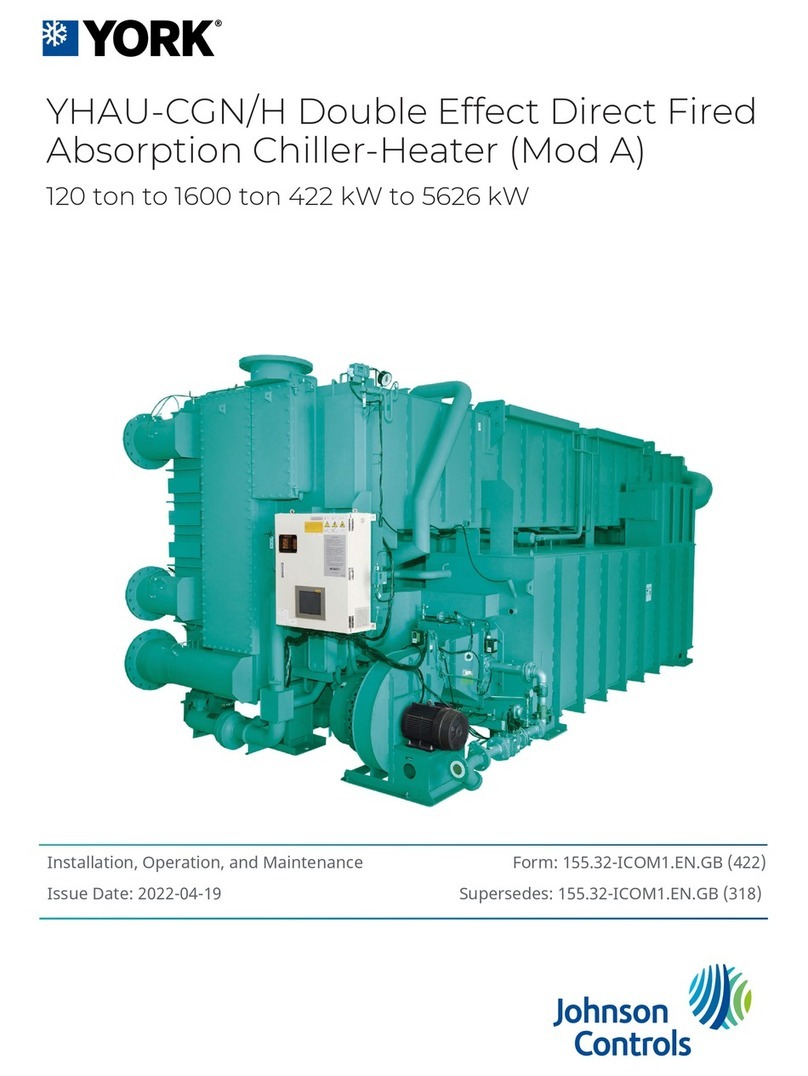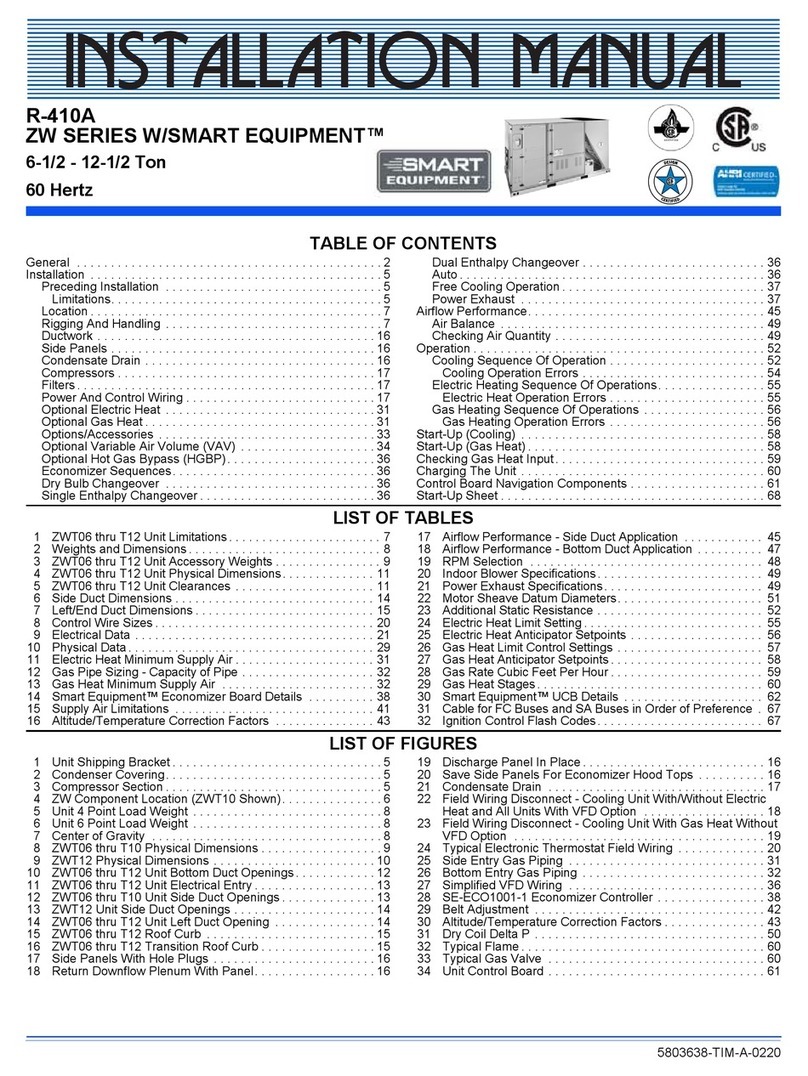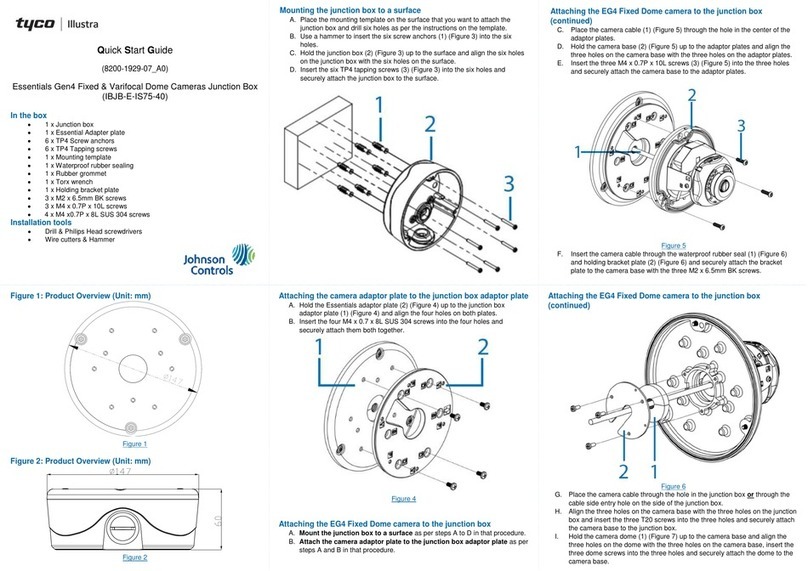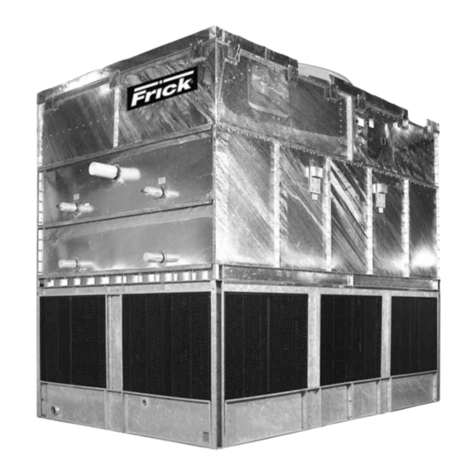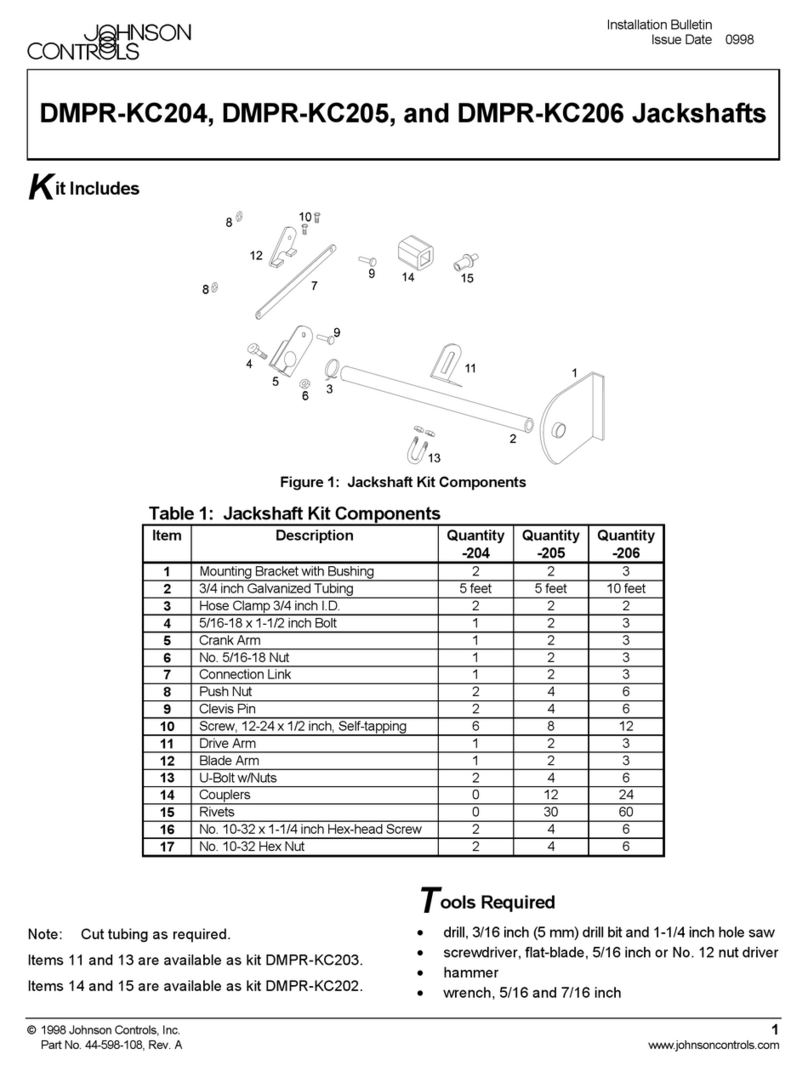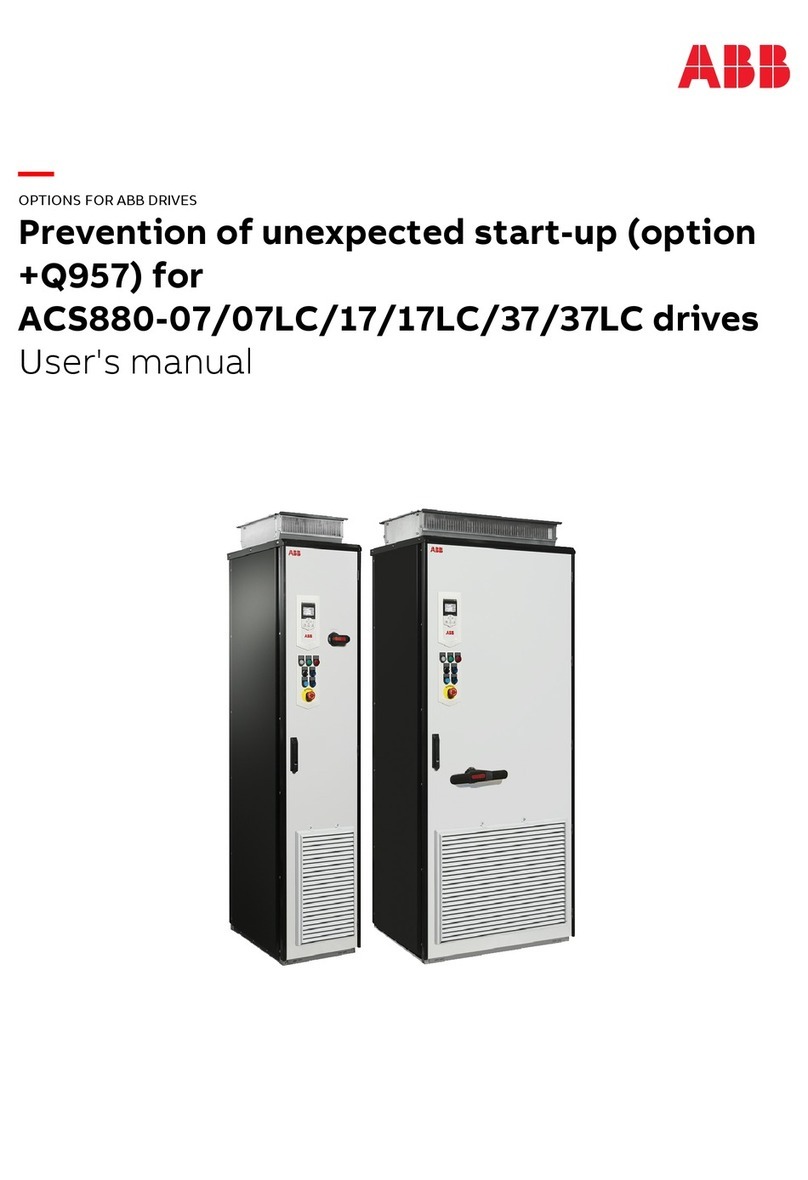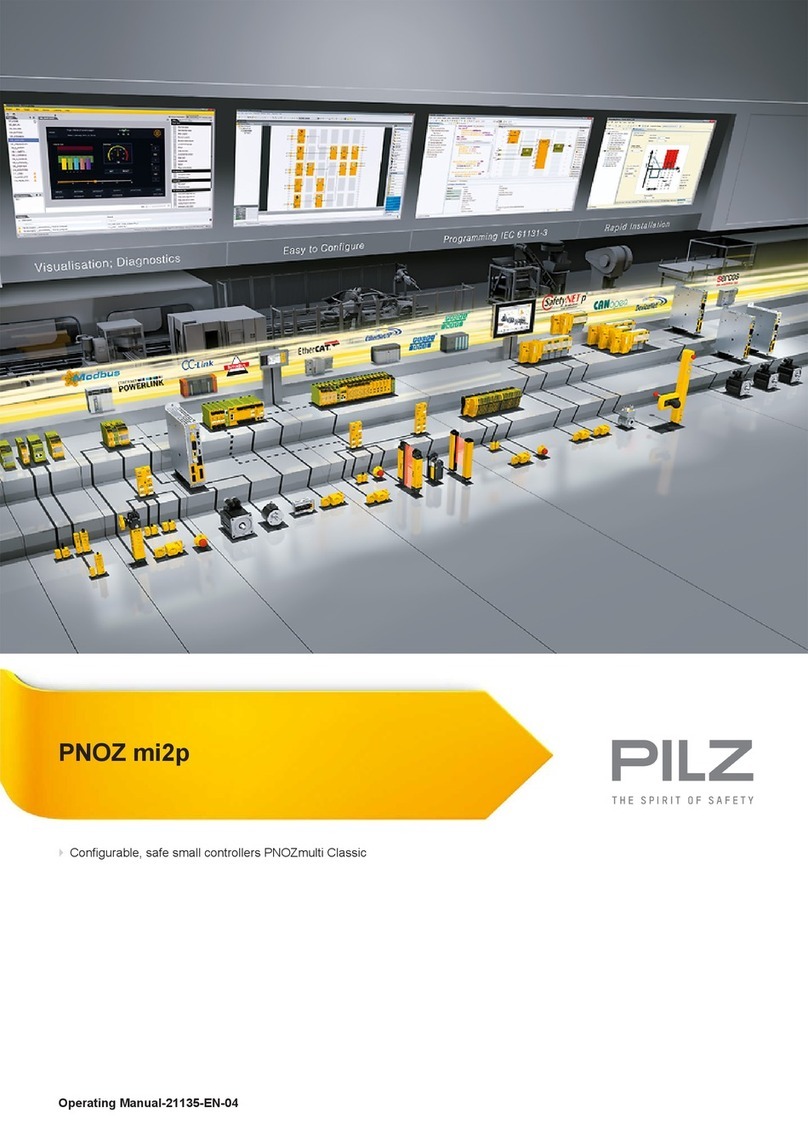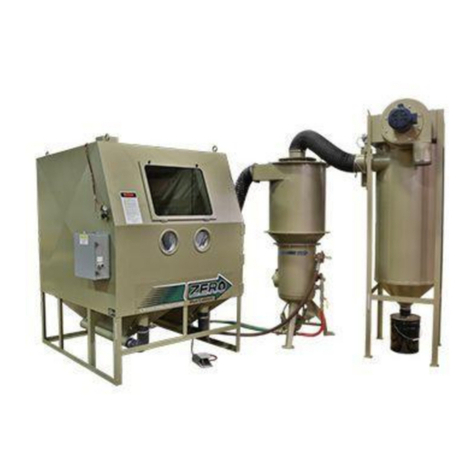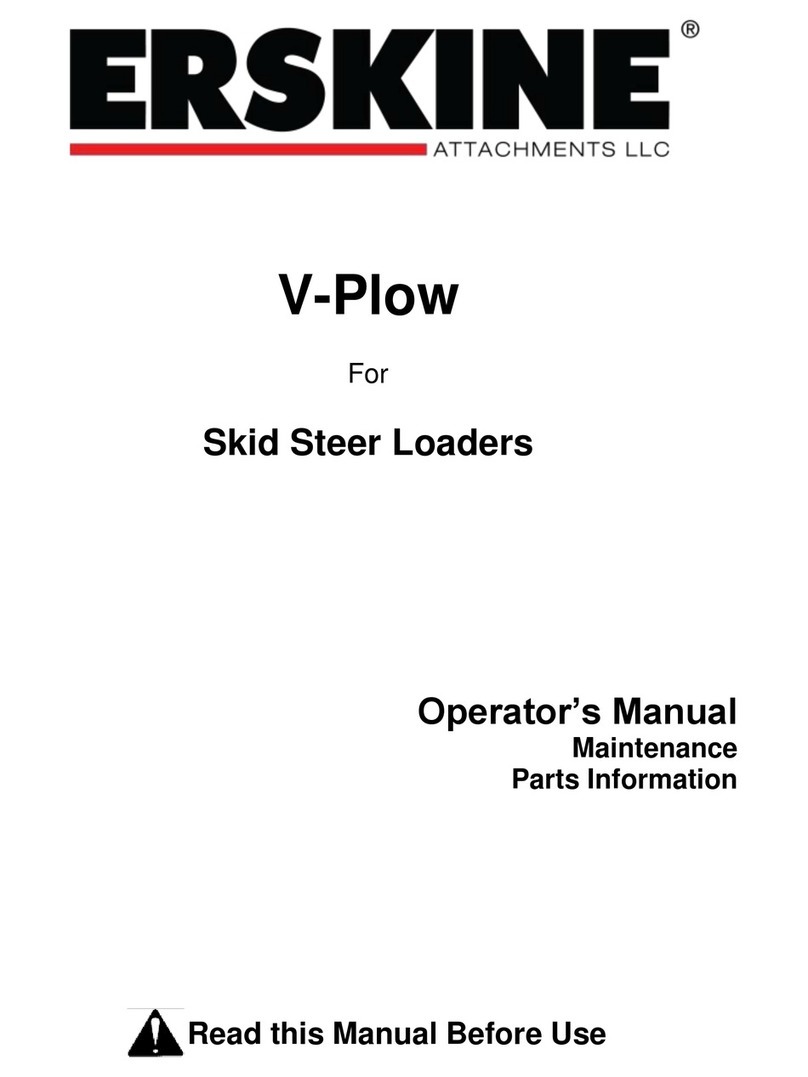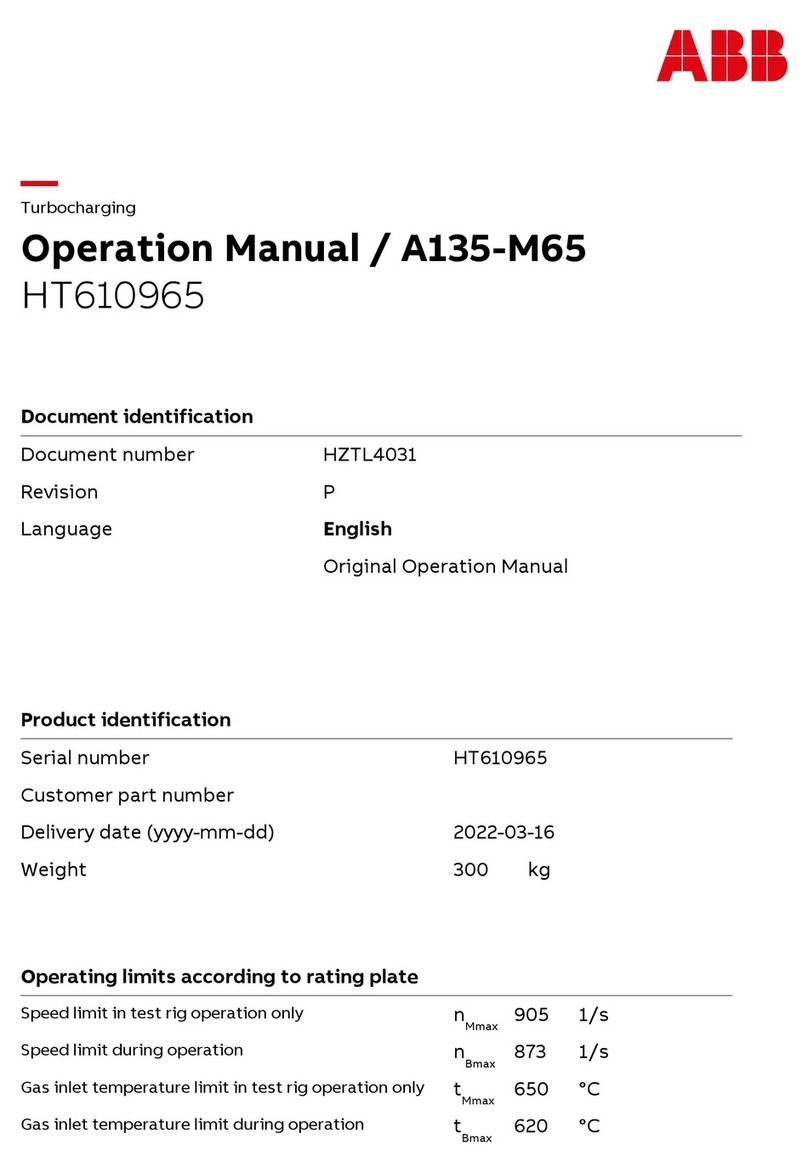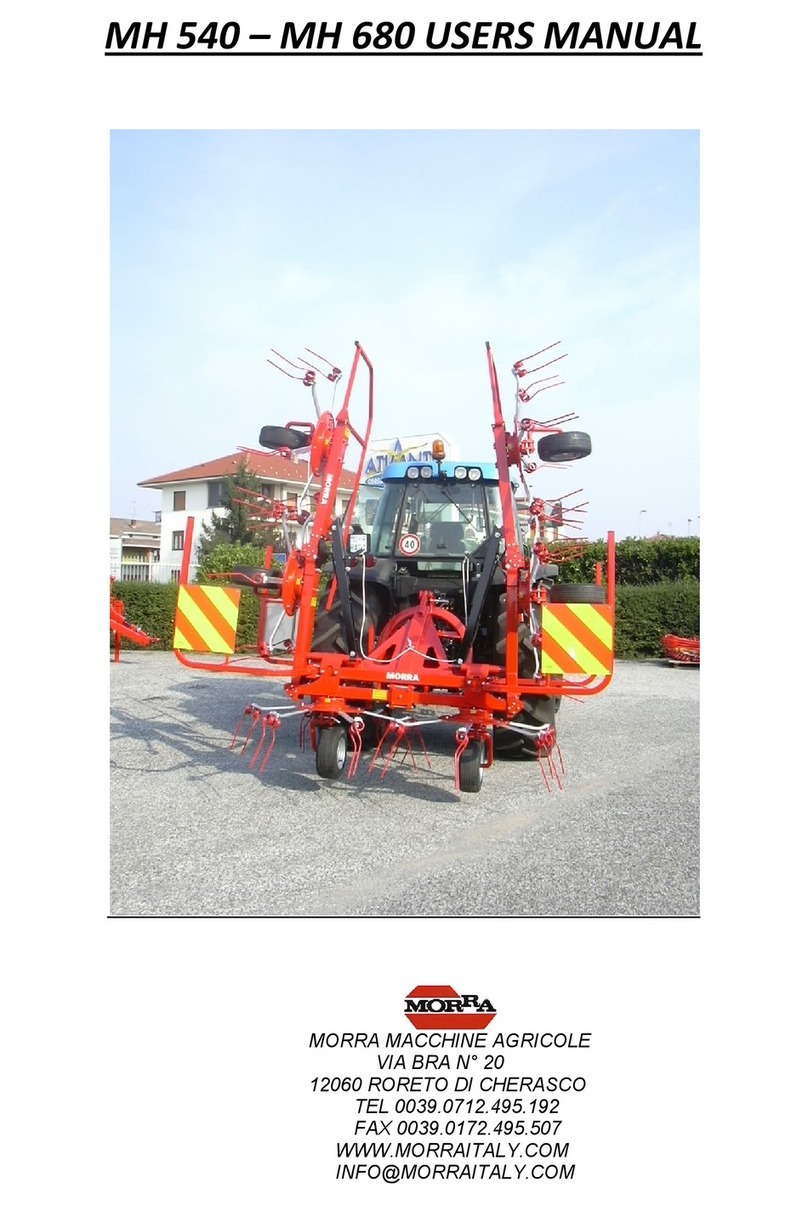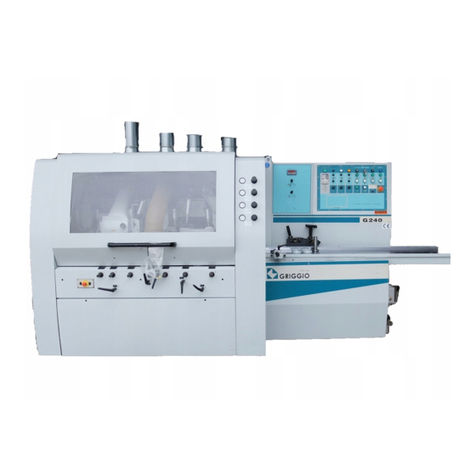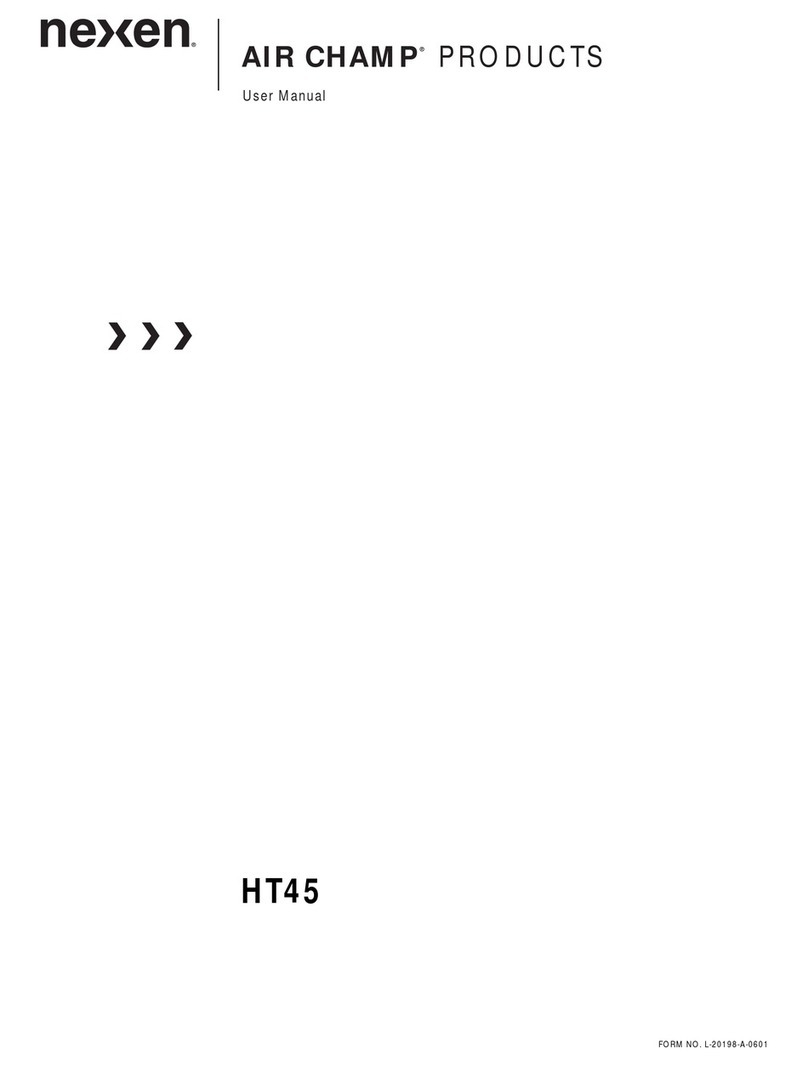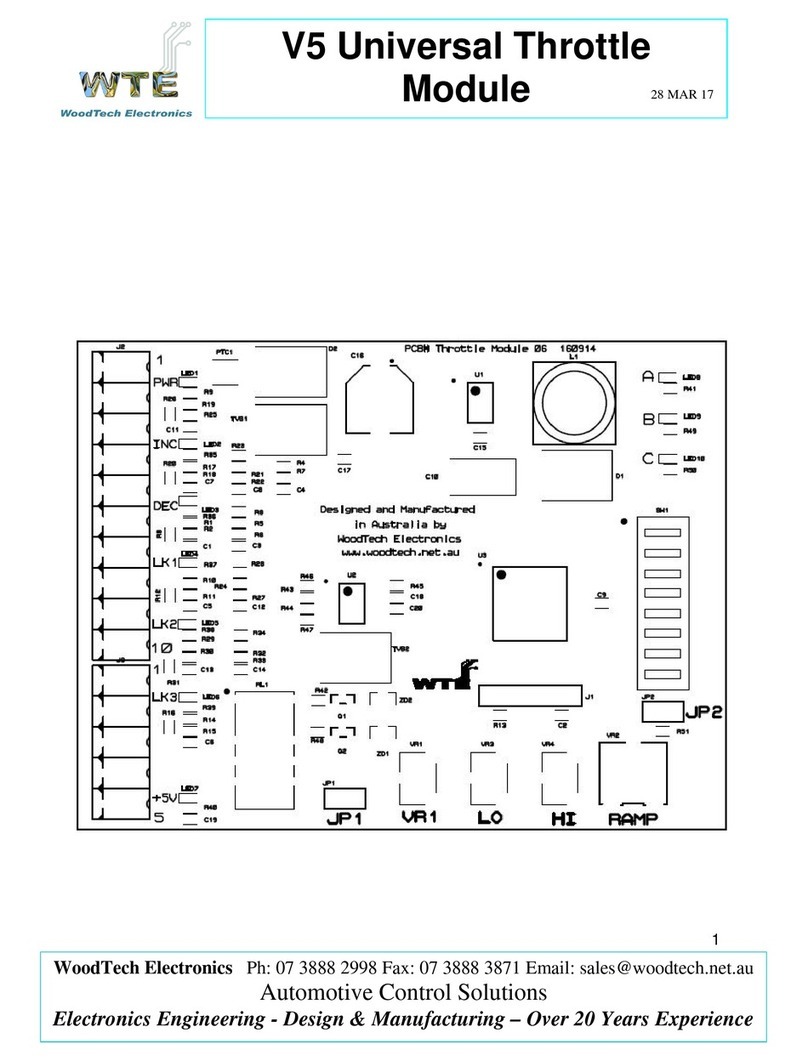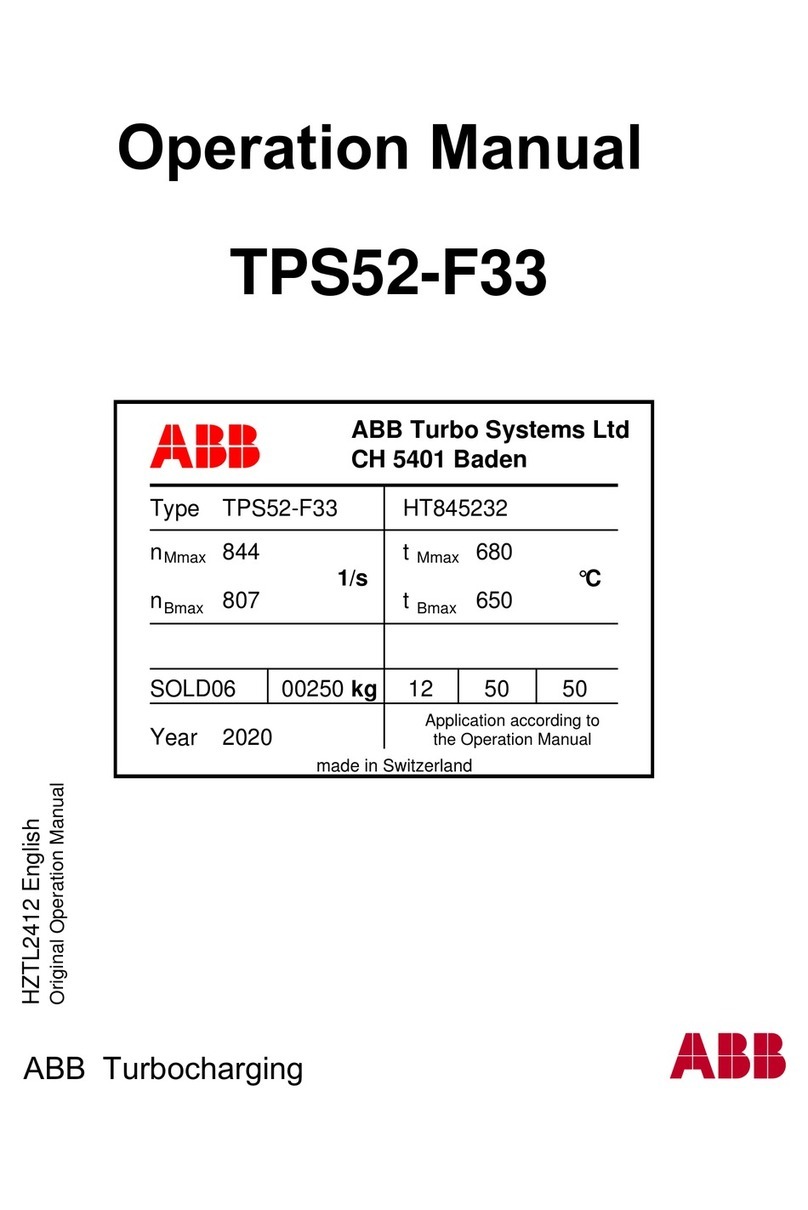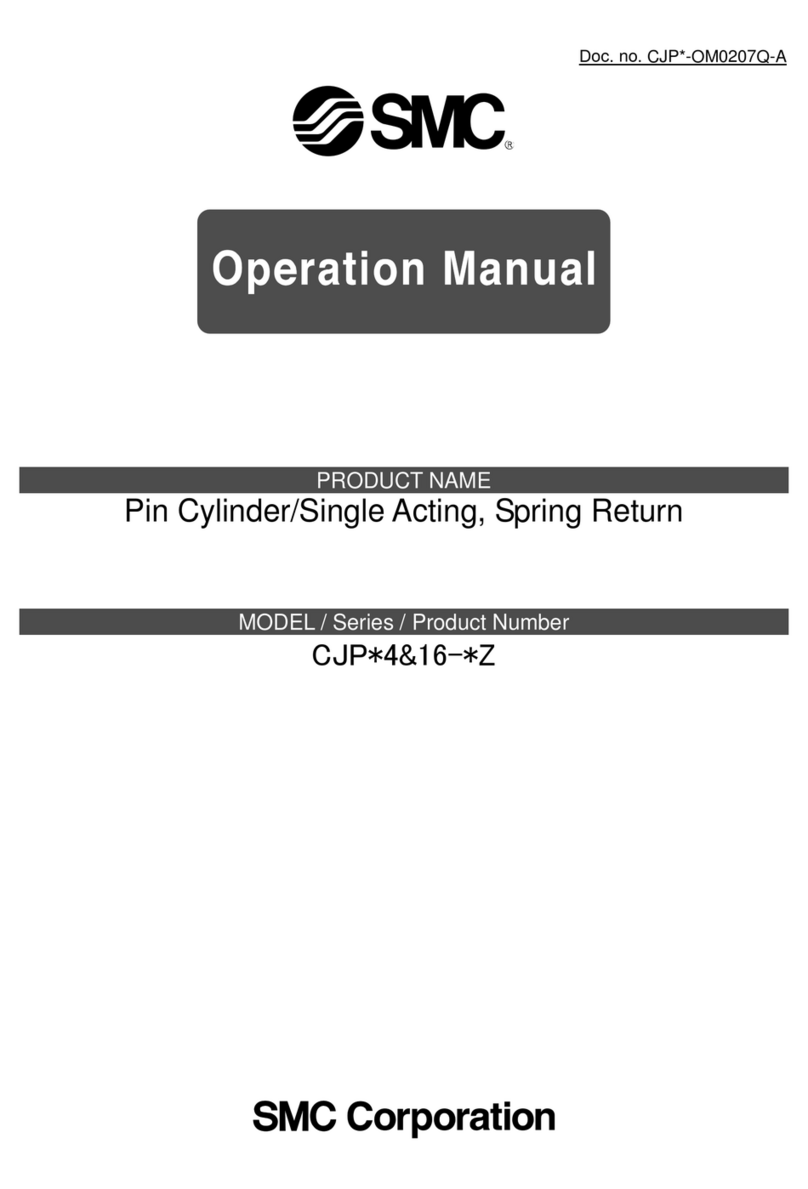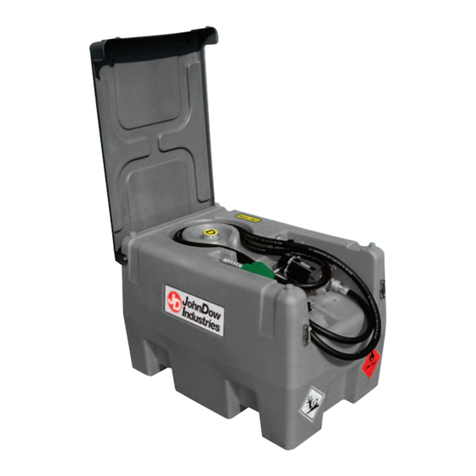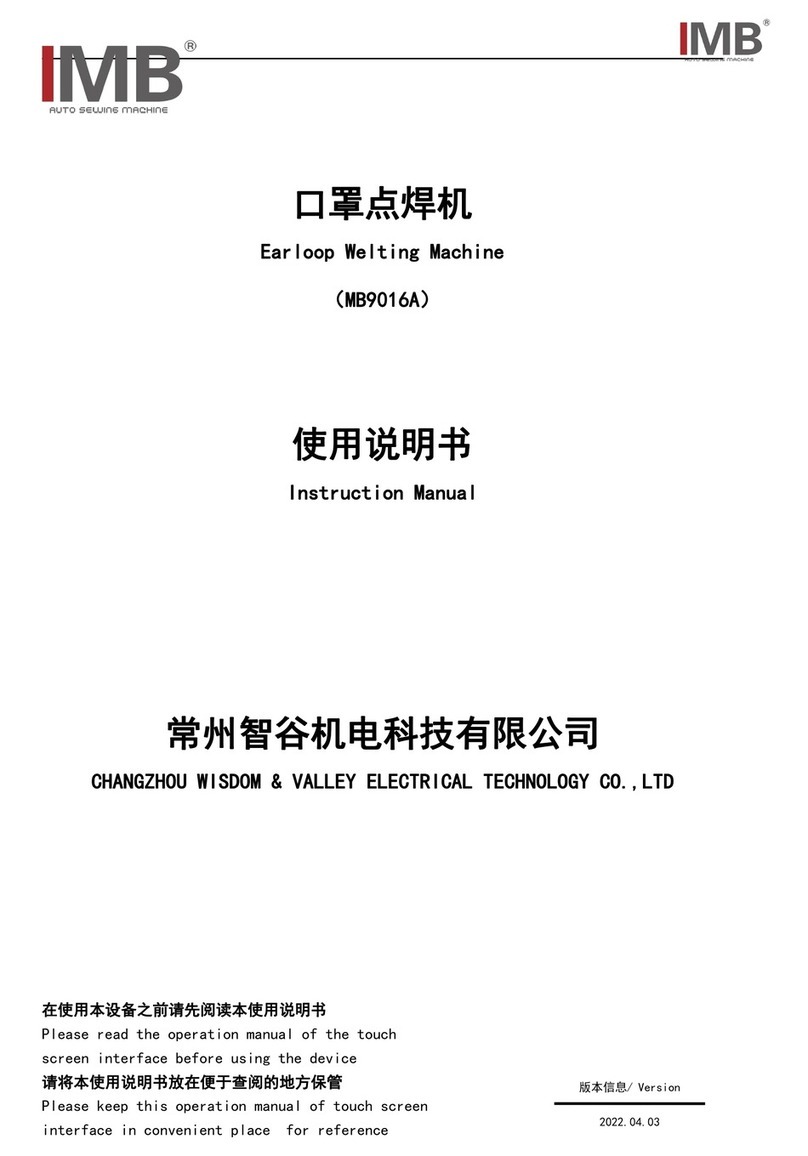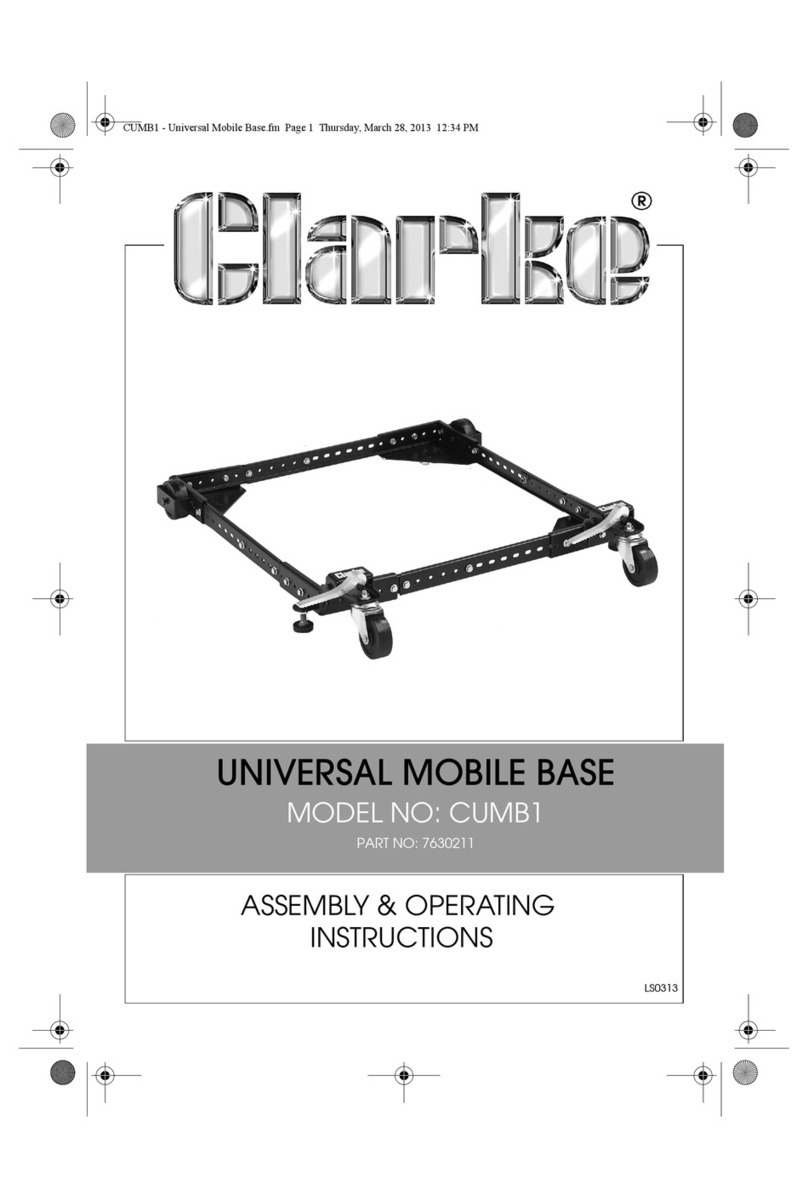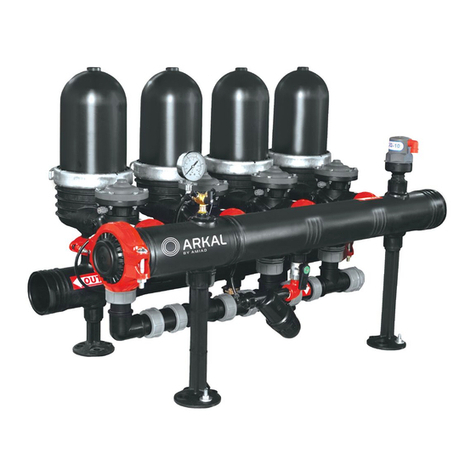
Approved ANSUL®Assembly Manual for
Alternate Manufacturing Location - FHC
(Form No. F-2018124)
PAGE 1-4 REV. 01 2019-MAY-29
SECTION 1 – SENTRY CARBON DIOXIDE
HAND PORTABLE EXTINGUISHER
APPROVED AGENCY MANUFACTURER’S TEST AND
BATCH INSPECTION PROGRAM
In order for the Approved Agency mark to be applied to
finished assemblies, the manufacturing site must comply
with the listed manufacturer inspection responsibilities. If
requirements are not met, the Approved Agency mark cannot
be placed on the extinguisher. Test equipment used during
inspection must remain in calibration and perform properly.
Calibration must be completed according to the Approved
Agency Calibration requirements, see Section 3, Appendix 1
for details.
Calibration certificate and standards for calibration must
be kept until the next calibration is complete and be readily
available for review by an Approved Agency Representative.
Quality procedures must be in place; if calibration of
equipment is returned out of specification (e.g., a fill gauge
calibration is returned as out of specification), implement the
corrective action procedure for any items that were manufac-
tured while the equipment was out of calibration.
Proper documentation of inspections must be kept for 6 months
and made readily available to Approved Agency Represen-
tative. The documentation must include the model or catalog
designation of the product, the date of production, the tests
performed, and the test results. A system must be in place to
identify and isolate material that has been tested or not tested,
either complies or not complies, scheduled for rework, or the
like.
Manufacturer’s Inspection Responsibilities
The manufacturer is responsible for completing all test require-
ments outlined in the Approved Agency follow-up procedure.
The following inspection responsibilities are for reference:
1. Locking Devices and Seals: Once a week, 2 samples
must be selected from production. The manufacturer will
determine the force required to remove the locking device
(visual seal). The force must comply with the specified
amount in the procedure.
Either a spring scale or an incremental weight test may
be used to determine the force required to remove or
deactivate the locking device. Have the scale or weights
attached to locking device and the device operated in the
intended manner. The tension will increase uniformly until
the locking device pulls (breaks) the seal.
2. The maximum force read on tester to disengage the locking
device must be recorded and within specification in the
Approved Agency's procedure.
3. Discharge Duration, Minimum Carbon Dioxide Discharged,
and Weight of Charge Determinations: One sample per
model for low volumes under 500 pieces. If multiple CO2
models are made during a shift, then test one sample of the
smallest and one sample of the largest capacity models.
The manufacturer will determine the discharge duration
to gas point, the minimum Carbon Dioxide discharge
(complete discharge), and weight of the charge are as
required. The samples selected for the charged weight,
discharge duration, and minimum Carbon Dioxide discharge
does not need to be from the same sample. To determine
the charged weight, take the difference of the full weight
and the empty weight of the extinguisher. It must be verified
that all are within the specification as listed in the Approved
Agency's follow up procedure, reference data in Table 3-1.
Note: Charge weight for CO2is without horn/hose
assembly.
Necessary equipment to perform the test include a
stopwatch and a scale in ounces. The sample unit will be
weighed fully charged and recorded. The sample unit will
then be discharged and timed. The sample unit will be held
vertically 3 ft (9.1 m) off the ground. If a hose is on the unit,
the unit may stay on the ground with the hose extended
horizontally.
The discharge time to gas point and weight of the
extinguisher after discharge are to be recorded. Depress
push-lever and discharge any remaining pressure.
Reassemble the valve and weigh empty unit and record the
weight.
4. Extinguisher Leakage Test: All stored pressure
extinguishers will undergo an extinguisher leakage test.
Extinguishers that show no sign of leaking are acceptable.
Extinguishers showing evidence of leaking will be rejected.
The manufacturer has the option to retest the failed unit by
setting it aside for 24 hours and then retest. If the unit now
passes, the unit will be considered as acceptable.
5. Rate of Flow: Once a week, 2 units will be used for this test.
The extinguishers are to be charged with the appropriate
agent and pressurized according to specifications. The unit
hose will be held horizontally and discharged. The time
taken to discharge the unit will be recorded and compared
to the time specified in the technical data tables.
Additional Approved Agency Testing
For testing that is required off-site by an Approved Agency's
laboratory or representative, samples must be made
readily available upon request of the Approved Agency's
representative.
Calibration Timing
Calibration of all equipment used for manufacturers inspection
and assembly/filling processes must be kept according to the
following schedule:
1. Quarterly: Plug Gauge Scales
2. Monthly: Pressure Gauge
3. Annually: Stop Watches
Spring Scale
Incremental weight test

